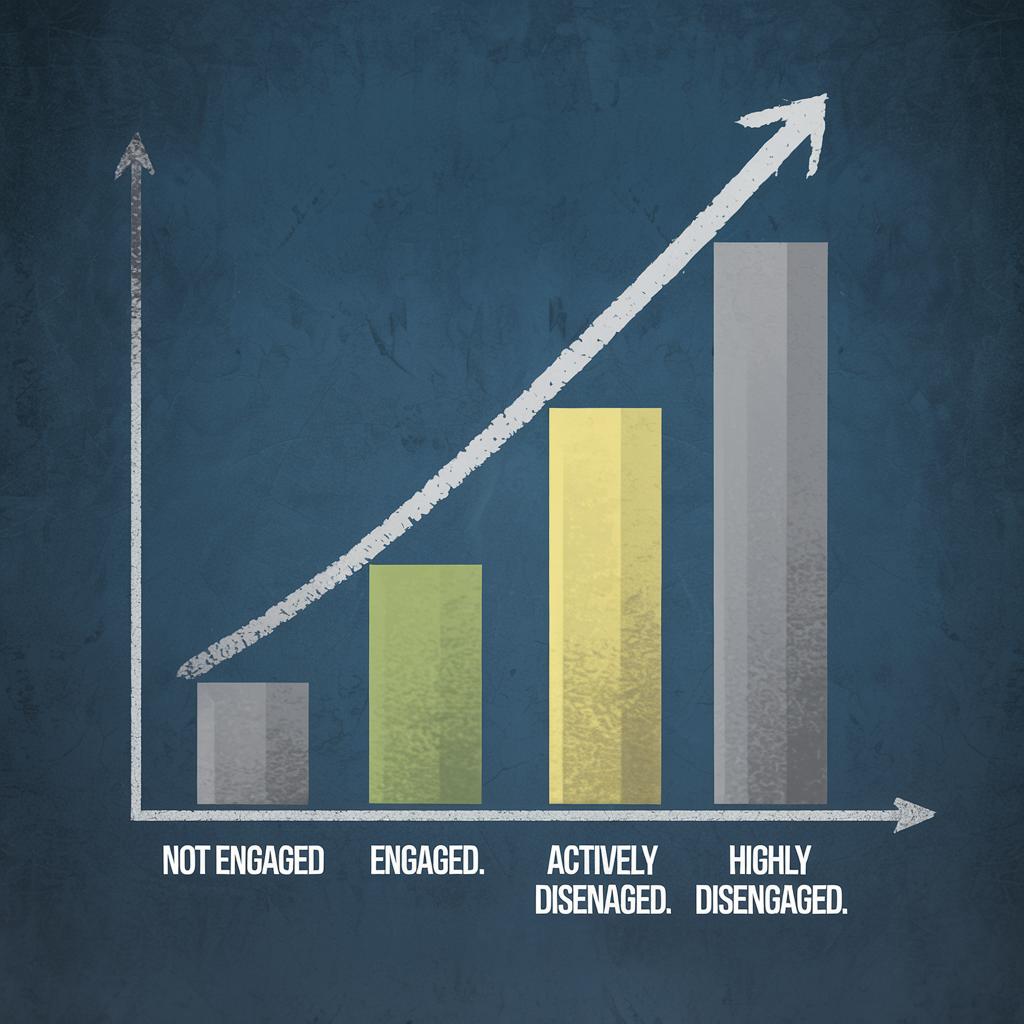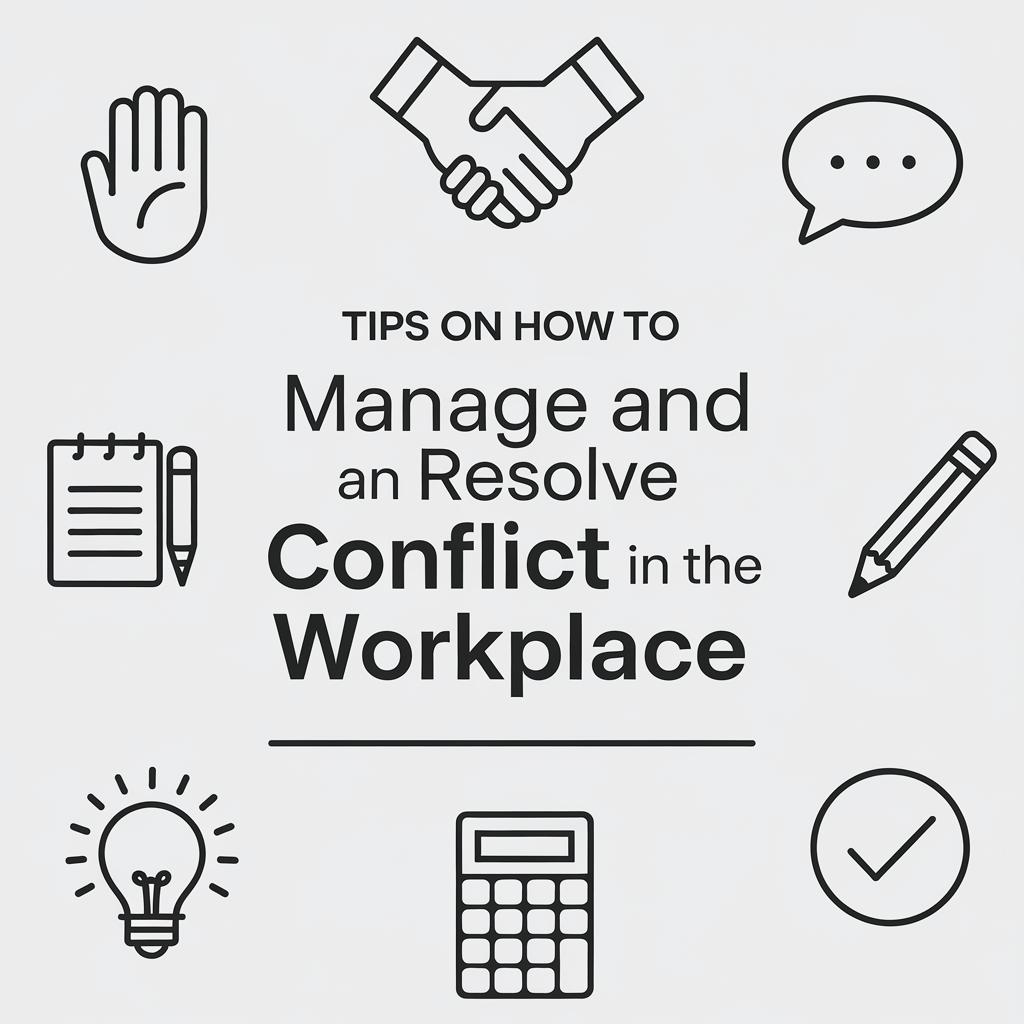Understanding the Levels of Employee Engagement
In the ever-evolving landscape of business, understanding and harnessing the power of employee engagement has become crucial to organizational success. This comprehensive guide delves into the multifaceted nature of employee engagement, exploring its definitions, levels, and importance. By examining the roles of leadership, HR, managers, and employees themselves, we uncover the drivers that propel engagement forward. Additionally, we address the reasons why many engagement initiatives fall short and outline best practices for measuring and enhancing engagement. For organizations eager to boost productivity and morale, selecting the right employee engagement software can be transformative. Dive into this exploration to uncover how to develop actionable strategies that foster a thriving workplace culture.
What is employee engagement?
Employee engagement definition
Employee engagement refers to the emotional commitment and connection employees have towards their organization, its goals, and their work. It transcends mere job satisfaction; engaged employees are passionate and devoted to their jobs, often going above and beyond the call of duty. Engagement involves actively aligning personal aspirations with organizational objectives, fostering a shared vision and commitment.
This engagement is characterized by enthusiasm, dedication, and a willingness to invest discretionary effort in tasks. Engaged employees see their responsibilities as integral to the success of the company and feel a genuine sense of belonging and purpose.
What are the levels of employee engagement?
Employee engagement exists on a spectrum that organizations should be mindful of. The categories typically include actively engaged, engaged, not engaged, and actively disengaged. Actively engaged employees are passionate and work enthusiastically, while engaged employees do their work with consistent competence, though without the driving passion.
Conversely, not engaged employees often complete work mechanically, lacking motivation. Actively disengaged employees can be detrimental, spreading negativity and diminishing the achievements of colleagues. Recognizing these levels and tailoring strategies accordingly can significantly enhance workforce morale and productivity.
What doesn’t define employee engagement
While related, employee engagement is not synonymous with employee satisfaction, happiness, or tenure. Satisfaction is about contentment in job terms and conditions, whereas engagement is a deeper emotional connection. Being happy in a role doesn’t ensure productivity or engagement, but engaged employees often find happiness in their work due to their alignment with company goals.
Long-tenured employees may not necessarily be engaged—duration in a workplace doesn’t guarantee passion or commitment to work. Understanding these nuances helps organizations foster genuine engagement rather than focusing on superficial indicators.
Why is employee engagement important?
The business case for engaging employees
An engaged workforce is often more productive, innovative, and loyal, leading to reduced turnover and recruitment costs. Engaged employees positively impact customer satisfaction, reflecting an organizational culture that prioritizes both staff and customer interests.
Companies with high engagement levels often witness enhanced financial performance. Engaged employees contribute directly to achieving strategic objectives, drive innovation, and bolster brand reputation, further providing a competitive edge in the market.
How workforce engagement impacts organizational success and performance
Workforce engagement serves as a pivotal driver of organizational performance and success. Engaged employees bring their best to work every day, contributing to enhanced productivity and quality. They exhibit resilience in the face of challenges and are more adaptable to change, crucial in dynamic business environments.
Organizations with a culture of engagement often see lower absenteeism rates and safety incidents. This results in cost savings and improved morale, further boosting overall workplace harmony and productivity.
Benefits of employee engagement
High employee engagement fosters a sense of ownership and accountability, encouraging employees to take proactive stances in their roles. The emotional connection inspired leads to innovative contributions that can drive the strategic direction of the company.
This translates into a myriad of benefits, including enhanced customer loyalty, greater market presence, and increased profitability. Engaged teams build strong networks of collaboration, ensuring that organizational goals are efficiently met.
Why employee engagement alone can’t solve all organizational issues
While invaluable, employee engagement is not a panacea for all organizational challenges. It should be part of a broader strategy that encompasses leadership development, robust communication practices, and an inclusive culture.
There should also be a focus on aligning engagement initiatives with the company’s overall strategy and addressing systemic issues such as structural inefficiencies or resource constraints that might hinder performance.
What are the top drivers of employee engagement?
Here are the top 10 drivers of employee engagement:
The key drivers of employee engagement include recognition and appreciation, personal growth opportunities, meaningful work, and a positive work environment. Leadership transparency, effective communication, and trust also significantly influence engagement.
Other drivers consist of alignment with organizational vision and values, supportive management, peer collaboration, and work-life balance. These pillars foster a cohesive and motivated workforce capable of achieving extraordinary results.
The top trends affecting employee engagement
In recent years, remote and flexible working arrangements have greatly impacted employee engagement. The shift towards digitalization and the growing importance of mental health in the workplace are also shaping the engagement landscape.
Moreover, a stronger emphasis on diversity, equity, and inclusion (DEI) has emerged, with organizations focusing on creating workplaces where everyone feels valued and empowered to contribute their best.
Who drives employee engagement?
The role of leadership in employee engagement
Leaders set the tone for organizational culture and are pivotal in driving engagement. Their commitment to transparency, vision, and empathy can inspire employees to align with organizational ideals and strive for excellence.
Leadership must also engage in active listening and foster an environment where employees feel safe to express ideas and concerns, reinforcing trust and mutual respect.
The role of HR in employee engagement
Human Resources plays a vital role in shaping and implementing engagement strategies. Through recruitment, training, and development initiatives, HR ensures that personnel are well-equipped and aligned with organizational expectations.
HR is also responsible for deploying tools and technologies that facilitate engagement, such as employee surveys and feedback mechanisms, to inform and refine engagement approaches continuously.
The role of managers in employee engagement
Managers act as direct touchpoints for employees and greatly influence engagement levels. Their ability to provide effective guidance, support, and recognition directly impacts employee morale and motivation.
Managers must also nurture an open communication culture, offering constructive feedback and career development opportunities that empower employees and reinforce their commitment to company objectives.
The role of employees in employee engagement
While leadership, HR, and managers play vital roles, employees themselves contribute to their engagement through their attitudes and behaviors. Employees can take ownership of their professional growth by seeking feedback and aligning personal goals with organizational missions.
Active participation in organizational activities, sharing ideas, and providing peer support further enhances not only personal engagement but also contributes positively to the broader workplace environment.
Why the majority of employee engagement efforts fall short
1. Lack of a credible employee engagement model.
Many organizations fail to establish a clear and credible engagement model, leading to inconsistent or ineffective outcomes. Without a strategic framework, efforts become ad hoc rather than systematic.
A well-defined model should consider the specific needs and contexts of the organization, aligning engagement initiatives with both employee aspirations and company objectives.
2. Challenges in taking action on employee feedback.
Receiving employee feedback is only a part of the engagement puzzle. Organizations often struggle to translate insights into tangible actions, reducing the impact of engagement surveys and initiatives.
Successful engagement strategies require a structured approach to feedback, with clear processes for implementing changes and communicating those updates back to employees, reinforcing their involvement and importance.
3. Not partnering with the right employee engagement software.
Technology can either enhance or hamper engagement efforts. Without the right tools, companies may face challenges in data collection, analysis, and communication, undermining the effectiveness of their engagement strategies.
Choosing software that is intuitive, scalable, and aligned with organizational needs is crucial. It should allow for regular pulse checks, detailed reporting, and seamless integration into daily processes.
What is an employee engagement model?
Why is an employee engagement model important?
An engagement model serves as a blueprint for fostering a culture of engagement within the organization. It helps streamline initiatives, ensures consistency, and aligns efforts with strategic goals.
Having a robust model provides clarity and direction, enabling organizations to measure engagement effectively, identify areas for improvement, and implement sustainable practices that enhance workforce motivation.
Employee engagement model examples
Common engagement models include the Gallup Q12, which focuses on 12 essential elements of engagement, and the Aon Hewitt model, emphasizing engagement drivers such as leadership and performance management.
These models offer structured approaches for assessing and improving engagement, enabling organizations to address particular areas of concern and harness employee potential for enhanced performance.
Employee engagement best practices
Reaffirm areas of strength.
Organizations should identify and reinforce areas where they excel in engagement. Celebrating strengths can motivate employees and create a positive cycle of improvement and achievement.
By focusing on what works well, companies can build a solid foundation from which to address developmental areas, ensuring a balanced and effective engagement strategy.
Tie engagement efforts to business outcomes.
Engagement shouldn’t exist in isolation but be tied to business objectives. Clear links between engagement activities and organizational success make it easier to secure buy-in from leadership and staff.
This alignment ensures that engagement initiatives contribute directly to business goals, underlining the importance of employee satisfaction and motivation as drivers of performance.
Make engagement a strategy, not an activity.
Effective engagement is an integral part of organizational strategy, not a standalone activity. It requires ongoing commitment, resources, and adaptation to evolving business contexts.
Embedding engagement into the organizational fabric fosters a culture of continuous improvement and innovation, enhancing not only employee experience but also broader business outcomes.
Measuring employee engagement: How to start
3 approaches to measuring culture and engagement
Organizations can measure engagement through surveys, interviews, and focus groups. Surveys provide quantitative insights, while interviews and focus groups offer qualitative data, capturing the nuances of employee sentiments.
Combining these methods enriches understanding, allowing companies to identify trends, pinpoint strengths and weaknesses, and tailor interventions accordingly.
Developing a measurement strategy
A well-defined measurement strategy involves setting clear goals, choosing suitable tools, and establishing regular assessment cycles. It places engagement at the core of business strategy and ensures accountability.
This strategy should integrate feedback loops, with mechanisms for communicating findings and actions back to the workforce, fostering transparency and trust.
Tools for effective employee engagement
What do employee engagement surveys help with?
Surveys are vital tools for gauging employee engagement levels. They help quantify engagement, reveal patterns and trends, and provide benchmarks that inform strategic decisions.
Regular surveys offer insights into employee attitudes and experiences, helping organizations tailor engagement strategies effectively and responsively.
Why employee engagement survey design matters
Badly designed surveys can lead to unreliable data, so it’s crucial to consider clarity, relevance, and neutrality in survey construction. Questions should be concise and targeted to extract actionable insights.
Good design also ensures high participation and more accurate representation of employee voices, underpinning a successful engagement strategy.
3 valuable surveys for measuring employee engagement
Pulse surveys capture timely feedback on current issues, ensuring that organizations remain responsive to evolving needs. Annual engagement surveys provide a comprehensive look at overall sentiment and trends.
Onboarding and exit surveys offer insights into lifecycle experiences, highlighting areas for improvement and enhancing future recruitment and retention strategies.
What to do with your employee engagement survey results
Interpreting survey data involves identifying key themes and implementing relevant actions. Communication of findings and intended actions to employees builds credibility and encourages continued participation.
Sharing success stories from survey-informed changes can also reinforce the positive impact of active employee engagement participation on organizational culture.
How to create an employee engagement action plan
Leveraging employee engagement software
Employee engagement software streamlines the implementation of action plans by offering real-time analytics, customizable dashboards, and integration capabilities. They support efficient data collection and help track progress.
By using technology, organizations can personalize engagement strategies, ensuring that efforts align with evolving business and workforce dynamics.
Choosing the right employee engagement software
Selecting engagement software demands careful consideration of organizational needs, feature sets, and user-friendly design. Essential features include data integration, reporting capabilities, and usability.
The right software fosters seamless communication, enhances feedback collection processes, and supports adaptive strategy development, empowering organizations to achieve robust engagement levels.
Next Steps
| Section | Summary |
|---|---|
| What is employee engagement? | Definition, levels, and distinguishing factors of employee engagement. |
| Why is employee engagement important? | Engagement’s impact on business success, employee performance, and the scope of its limitations. |
| What are the top drivers of employee engagement? | Exploration of key engagement drivers and emerging trends affecting employee engagement. |
| Who drives employee engagement? | Roles of leadership, HR, managers, and employees in fostering engagement. |
| Why the majority of employee engagement efforts fall short | Common pitfalls in engagement efforts and solutions to enhance effectiveness. |
| What is an employee engagement model? | Importance and examples of effective engagement models. |
| Employee engagement best practices | Guidelines for creating impactful engagement strategies that tie to business outcomes. |
| Measuring employee engagement: How to start | Approaches and strategies for measuring workplace culture and engagement. |
| Tools for effective employee engagement | Value of surveys and the significance of their design in engagement measurement. |
| How to create an employee engagement action plan | Integrating feedback software to design and execute engagement strategies. |
| Choosing the right employee engagement software | Considerations for software selection to enhance engagement initiatives. |


